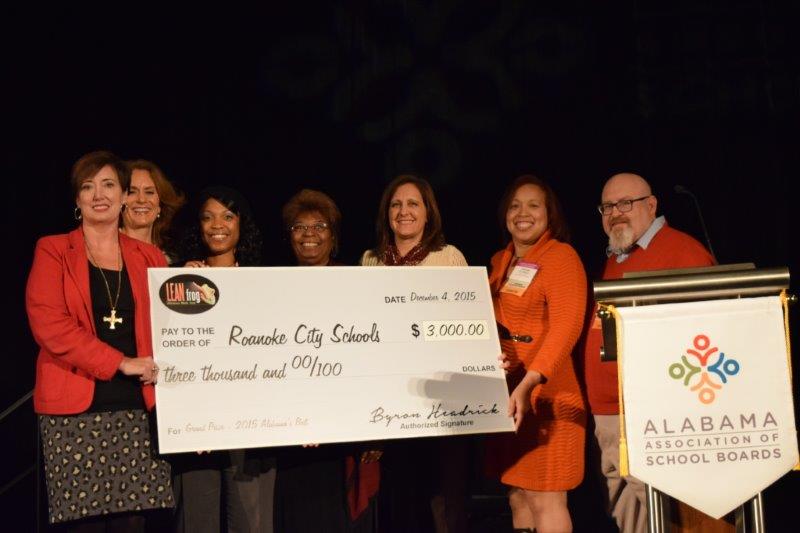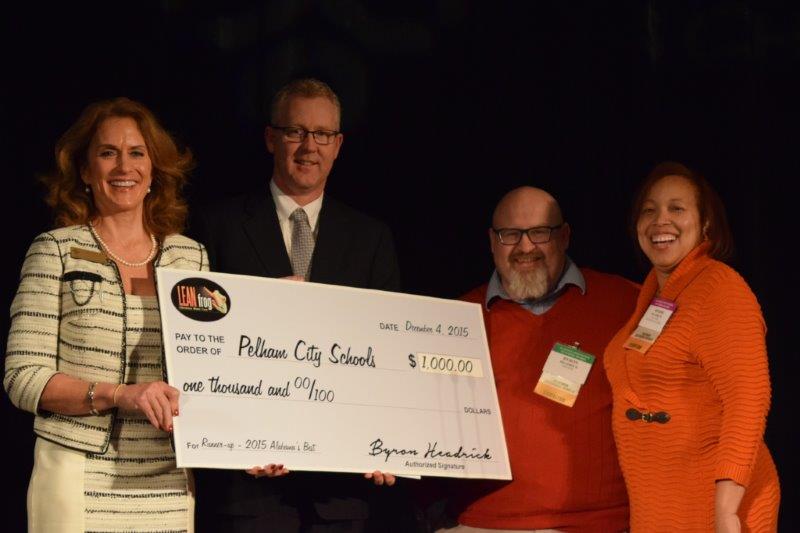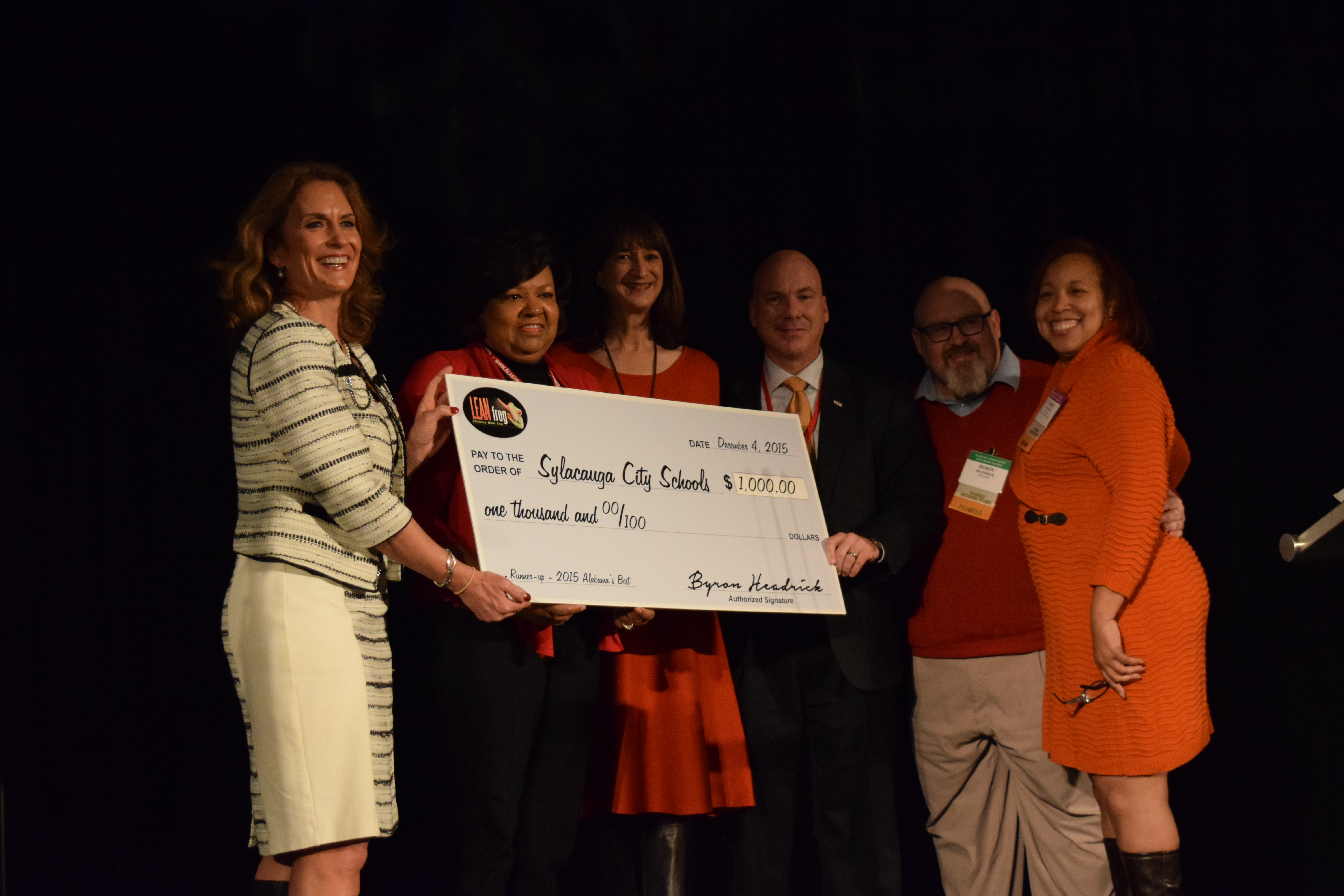We always have an exciting time at Alabama Association of School Boards (AASB) events. This year’s Winter Conference was no different. We had the opportunity to interact with Alabama’s very dedicated and hard-working school board members. Our President and Co-founder Byron Headrick gave a wonderful presentation on “The Pitfalls of Poor Strategic Planning” to a packed room of very engaged board members and superintendents. LEAN Frog friend and great superintendent Dr. Shelly Mize, Tarrant City Schools, won the prize for our drawing – a cool AUTO x series drone. (Don’t worry the contest was not rigged. AASB Executive Director Dr. Sally Smith drew the winner’s name.) However, our favorite part of the AASB Winter Conference was announcing the winners of the second annual Alabama’s Best contest.
AASB and LEAN Frog co-sponsor the contest which is open to all public schools in Alabama. This year we expanded the contest to include instructional best practices as well as non-instructional practices. The entries were judged on creativity, sustainability and impact on students. We would like to congratulate all of the school systems that submitted entries for the 2nd annual Alabama’s Best K-12 Practices contest.
The 2015 Alabama’s Best K-12 Practices Award winners are . . .

$3,000 Grand Prize Winner – Roanoke City Schools
Outdoor Educational Center
The winning entry and $3000 Grand Prize winner was Roanoke City Schools with their Agricultural Project Based Learning practice. Their best practice highlights the importance of engaging students in authentic and real learning. Roanoke City’s five acre Outdoor Educational Center houses everything from fish ponds to bee hives, from blueberry bushes to a hydroponic greenhouse. Students not only participate in a cross disciplinary agricultural curriculum, they also utilize science, math, reading, and technology in a real world setting as they sell catfish and tilapia from the fish ponds and fresh eggs from the chicken coop.
Nearly one third of the students at Handy High School participate in this hands on project which requires to utilize the four Cs: critical thinking, collaboration, communication and creativity. Future plans include having a storefront in downtown Roanoke for selling eggs, fish, vegetables, honey and jam.

$1000 Runner-Up Prize – Pelham City Schools
Journey to College and Career Readiness
Pelham City Schools was a runner up winning entry receiving a $1000 cash prize. Their Journey to College and Career Readiness entry highlights the role of collaboration in ensuring a sustainable best practice.
While other school systems establish programs and develop their curriculum to help prepare students for college and career, few do it systematically from Kindergarten through 12th grade. This practice provides every student in Pelham City Schools (starting in Kindergarten) with the opportunity to explore, identify, and narrow college and career interest throughout his or her school career.
To ensure the sustainability of the practice, local school administrators, instructional coaches, high school college and career advisory boards review the vertical alignment annually to ensure career opportunities align with workforce development data, business partners’ feedback and student interests.

$1000 Runner-Up Prize – Sylacauga City Schools
Indian Valley Elementary Recycling and Repurposing Program
Sylacauga City Schools was the other runner up and recipient of $1000 with their Indian Valley Elementary Recycling and Repurposing Program. Sylacauga City’s entry highlights how caring and creative staff can make a positive impact on students in need.
The CNP staff go the extra mile in customer service to provide a funding source for students with negative meal accounts. By collecting, cleaning, and recycling disposable food containers students bring from home such as the lunchable plastic trays and Capri Sun pouches, the recycling revenue has funded a special account to help students who do not have enough money to cover lunch. Since its inception close to 800 students have benefitted from this best practice. This practice not only benefits students, but it also demonstrates a commitment to environmental stewardship.